Looks fine for Liancalus. It has a habit of turning up in some surprising situations, particularly in urban areas - my conclusion is that it can cope with relatively small bits of larval habitat, and may be opportunistic in that respect. Martin Drake will have a more comprehensive take on how it exploits habitat across the country.
The Conops certainly looks like flavipes. And the last photo looks OK for X. sylvarum (black distal half to hind tibia). The other three photos might be X. xanthocnema, but sylvarum sometimes has the black on the hind tibia obscured by golden hairs, so it's not always easy from photos. Wait for a second opinion from a more experienced hover nerd.
OK, but without removing a wing it's difficult to make the abdomen more visible. Al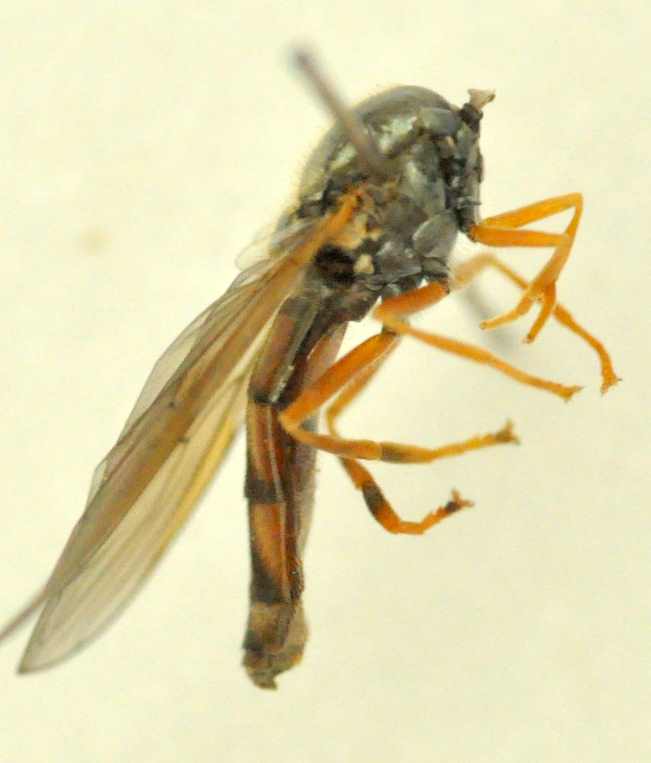 so she's now lost her head in the endeavour.
so she's now lost her head in the endeavour.
Yes, it's a female Sarcophaga. I think genus is as far as we can go. And the maggots certainly look like Sarcophaga, so I'd say you're right in thinking that they came from the female. If things go well, the female will lay her larvae in a suitable substrate, but if things don't work out, the larvae will leave their mother and find what they can.
Tony - Many thanks for your reply and interesting to hear about the behaviour. Sorry about the pictures, but I couldn't get them to upload via the 'simple' method, so tried the other way instead. Will try to resize properly next time!
John
I don't have any records in the Conops Recording Scheme for East Lothian. I haven't been through all of the iRec/iNat records yet (it's on my to-do list).

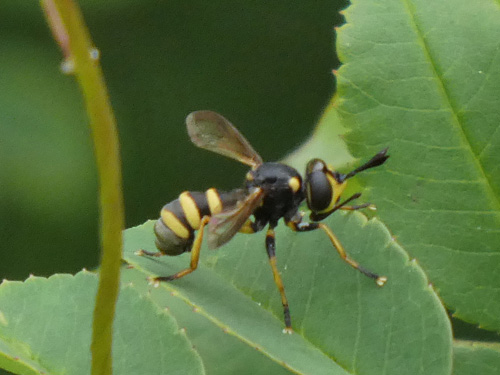
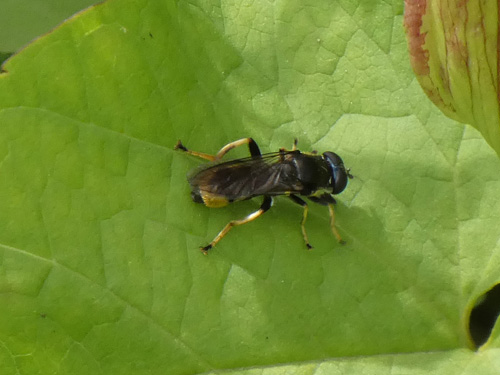
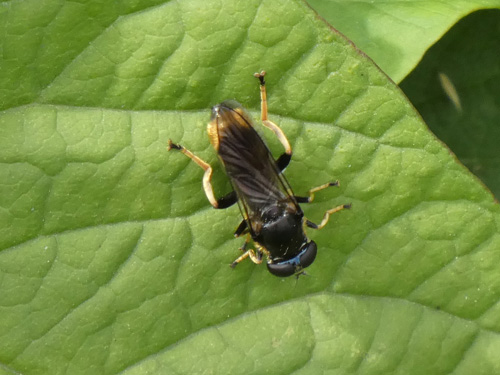
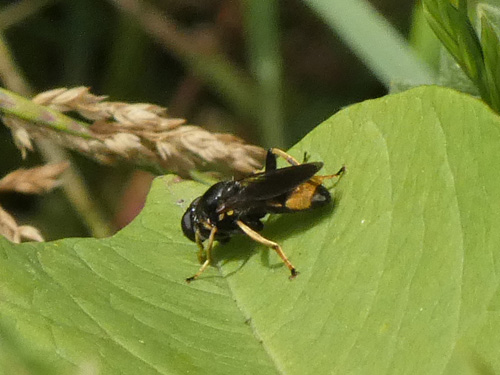
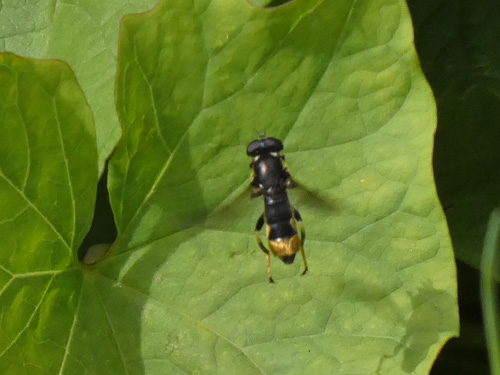
At the risk of giving away how long it's been since I studied these things, I believe that climatic melanism is exhibited by several moths in NW Britain, so no reason why flies shouldn't do the same.